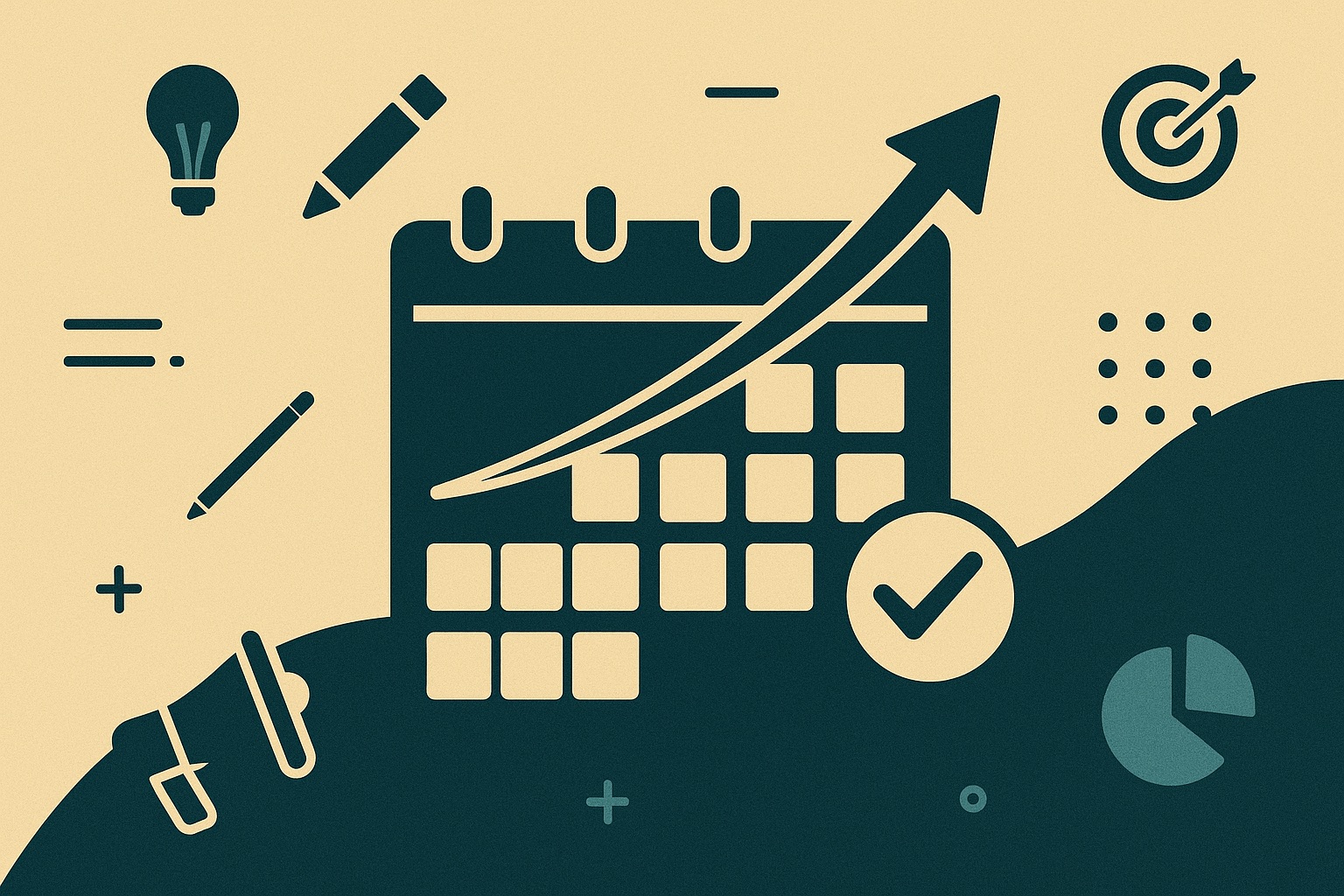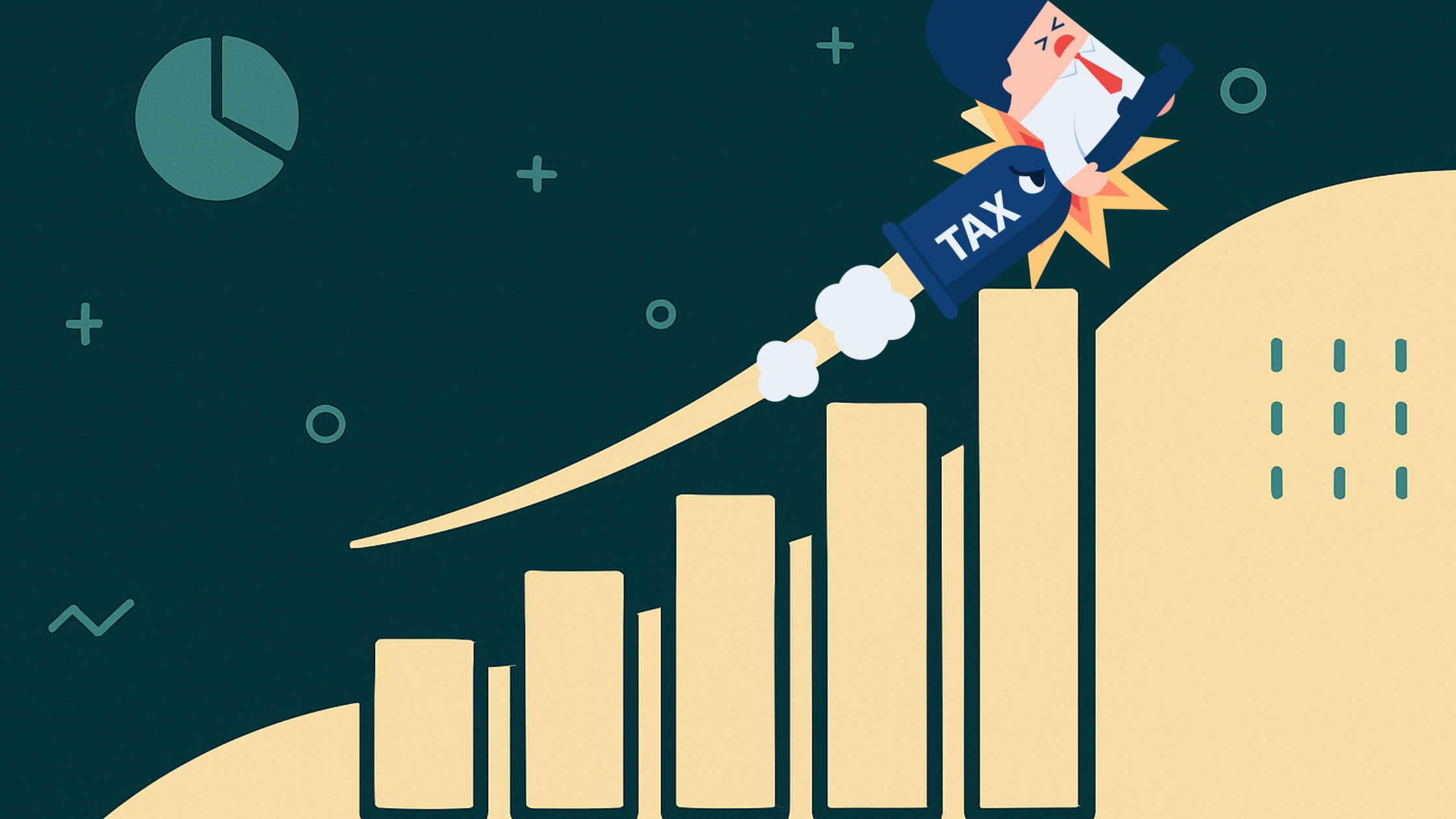
There are a lot of digital marketing tools and techniques out there, one of which is retargeting. Retargeting offers a powerful way to engage with potential customers who have already expressed interest in your brand, business or products. It can improve conversion rates, increase brand visibility, and deliver personalised advertising. This can lead to improved marketing results and business growth, which is why it’s something that all businesses should consider trying. In this blog, we have taken a look at retargeting and how it works.
What is Retargeting?
Retargeting is a form of remarketing, and it’s used by businesses as a way to engage and attract users who have previously interacted with the website or online presence of the company in some way. There is a lot that goes into retargeting and there are various techniques, but mainly focuses on using advertisements on social media or pay-per-click (PPC) campaigns.
Retargeting tends to start when a user visits a website and performs a certain action, such as browsing product pages, adding items to their basket or signing up to a newsletter. For retargeting to work, a code is placed on the website to track the user’s actions. This collects information about the user’s behaviour and actions, which is then used to tailor ads elsewhere.
Once the user leaves the website, they can be targeted with tailored ads on other platforms, such as social media and search engines. These ads are designed to remind the user of the products or services they previously showed interest in, which could encourage them to return to the website and make the purchase. The hope is that by seeing a tailored ad, the user will go back to the website and complete the purchase that they almost made last time.
What are the Benefits of Retargeting?
There are a lot of reasons to retarget as a business, especially as it’s known for being a highly effective form of marketing. It focuses on users who have already shown an interest in the business or products, which increases the likelihood of a conversion happening. Rather than someone forgetting about a product that they have seen, retargeting boosts brand awareness and keeps a product at the forefront of their minds, encouraging them to engage with the business once more.
Another key benefit of retargeting is that businesses can create personalised ads that are relevant to the specific user. Based on their previous interactions, tailored ads will appear, which can lead to a higher conversion rate and a better ROI for the advertising campaign. Retargeting ads often have a lower cost per click, making it a cost effective marketing technique. As you are targeting users who are already familiar with the business or have shown interest in a product, the chances of converting them into customers are higher. This increased conversion rate translates into better ROI for your advertising spend.
Retargeting also allows businesses to promote complementary or upgraded products to users who have already made a purchase. By targeting these existing customers, it’s possible to encourage repeat purchases, cross selling, and upselling, which increases the average order value and customer lifetime value.
How to Retarget Your Audience
There are two key ways to retarget to your audience, PPC and social media. Below, we have explained how both of these work as effective retargeting techniques.
PPC
There are a range of ways that PPC can be used to retarget an audience, one of which is via display ads. Display ads are images that appear on a third party website, and they showcase products that the user has previously viewed elsewhere. It’s an effective way of reminding them of a product, brand and where to make a purchase. Remarketing lists for search ads (RSLA) can also be used, which provide search and PPC ads to visitors who have already visited the website. Similarly to display ads, is an effective way of remarketing a product to a user.
Social Media
Display ads can also be shown on social media, but they also play a bigger part in an overall retargeting strategy. With social media, you can target an audience with a cold piece of content – meaning content that has not yet gained much attention or engagement from the target audience – via a paid ad, and then retarget them with a different piece of content, which encourages them to move through a sales funnel. Paid social media campaigns can be difficult to get right, as they require you to showcase an ad to someone who isn’t necessarily looking for you, making it difficult to generate conversions. With retargeting, conversions are made a lot easier, as the right people are being targeted.
When you are retargeting, it’s important to find the balance between successfully marketing and reminding a user about a product, and them feeling overwhelmed with the amount of ads they are seeing. Thankfully, retargeting campaigns provide control over the frequency and exposure of ads. You can set limits on how often ads are shown to users to avoid overwhelming them. After all, you won’t want users to become bored or annoyed at the sheer amount of times they see the same ad. This helps to strike a balance between reminding users of your brand and products, without becoming intrusive and over the top.
At Profici, we know all there is to know about digital marketing and targeting customers, which is why we offer a wide range of professional services. Whether you are looking for help to target brand new customers or you want to engage users who have recently visited your website, we are on hand to help. Regardless of what your business does and the industry that it’s in, you can rely on our digital marketing experts. Contact us today to find out more.
Latest Posts
-

Outgrown Your Internal Team? How Fractional Executives Can...
Seeing your business grow is hugely exciting, but growth doesn’t happen on its own. Growth...
-

The Rise of Fractional C-Suites: Why 2025 is...
After many, many years, the way businesses are building their executive teams is changing. With...
-

Why Your Business Needs a 12-Month Marketing Blueprint...
Growing a business isn’t easy, let alone one that grows into a sustainable success. There’s...
-

How April’s National Insurance Rises Impacts Your Business...
On the 6th April, a change took place that’s going to affect employers across the...